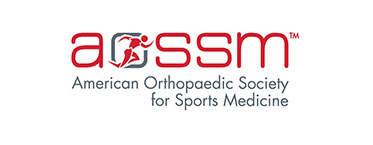In terms of glenoid defects, does size matter?
Apparently so. A new study looking at the postoperative recurrence rate after arthroscopic bony Bankart repair found that it was lower in male competitive rugby and American football players with a large glenoid defect, in fact 3x lower, than in those with a small glenoid defect.
Acetaminophen’s role in pain management after arthroscopic rotator cuff repair
Including acetaminophen for pain management prior to and after arthroscopic rotator cuff repair can significantly reduce opioid consumption and improve patient satisfaction postoperatively. Not only that, but patients who take acetaminophen perioperative can also have better pain control, even while consuming fewer opioids.
What is water on the knee?
Knee effusion, sometimes called water on the knee, occurs when excess fluid accumulates in or around the knee joint. Common causes include arthritis and injury to the ligaments or meniscus, which is cartilage in the knee.
Why strengthening your hip flexors is important, according to new research
When it comes to strengthening your lower-body muscles that power your running, most runners focus on quads and hamstrings—but are you showing your hip flexors enough love? A recent study in the Archives of Gerontology and Geriatrics suggests that ignoring them could lead to mobility issues as you age.
Reverse Hemiarthroplasty for Staged Revision to Reverse Shoulder Arthroplasty
A 65-year-old female patient presents with a painful and dysfunctional right shoulder 14 years after anatomic total shoulder arthroplasty and subsequent glenoid component removal for aseptic loosening. What are the treatment options for revision shoulder arthroplasty in the setting of significant glenoid-sided bone deficiency?




